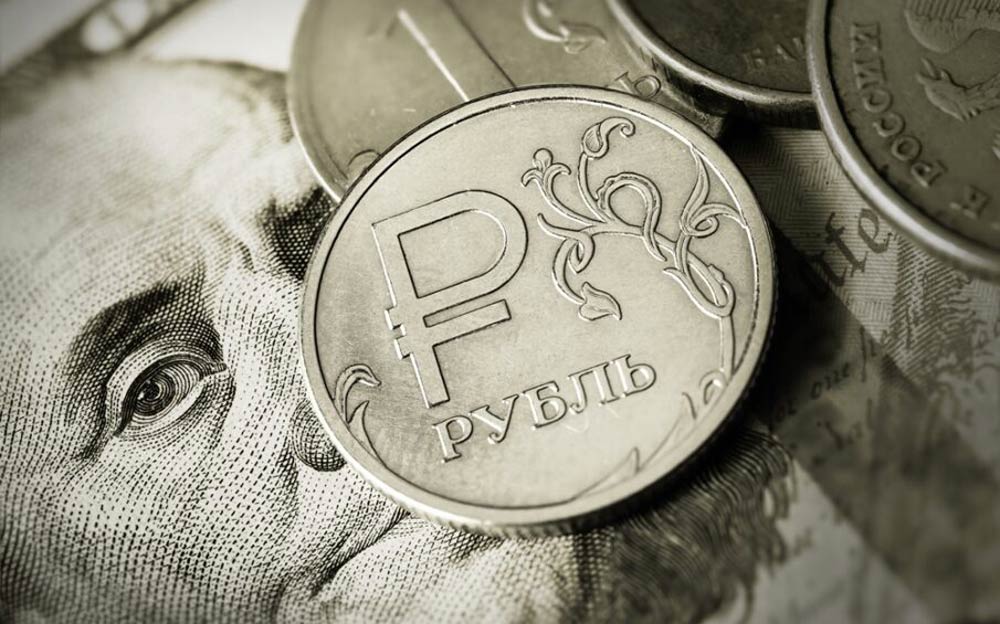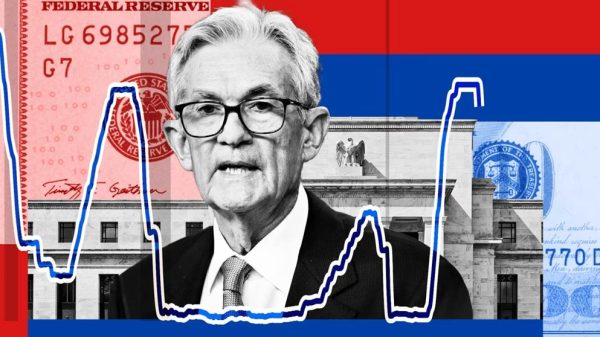In a year marked by global economic uncertainty, the Russian ruble has emerged as the world’s best-performing currency, gaining over 40% since the beginning of 2025. This remarkable rally comes as a surprise, especially given Russia’s ongoing challenges, including declining oil prices, international sanctions, and the prolonged conflict in Ukraine. So, what’s driving this unexpected strength in the ruble?
Key Factors Behind the Ruble’s Surge
1. Capital Controls and Tight Monetary Policy
Russia’s central bank has implemented strict capital controls and maintained high-interest rates to stabilize its economy and currency. With domestic interest rates elevated at 20%, borrowing costs have soared. While this discourages local businesses from taking loans and importing foreign goods, it also reduces demand for foreign currencies.
Additionally, exporters are required to convert a significant portion of their earnings into rubles, driving up demand for the currency. Between January and April 2025, Russian exporters sold $42.5 billion in foreign currencies, a 6% increase compared to the previous four months.
2. Decline in Imports
Due to weak domestic consumption and high borrowing costs, Russian importers have cut back on purchasing foreign goods. This reduced demand for foreign currencies like the U.S. dollar and the Chinese yuan has further bolstered the ruble’s value.
A significant decline in imports of durable goods, such as consumer electronics and vehicles, was observed after an “overstocking” period in late 2024. This slowdown in imports has helped stabilize the ruble by lessening the need for foreign exchange.
3. Central Bank’s Policy on Money Supply
The Central Bank of Russia (CBR) has also tightened the money supply. According to Steve Hanke, a professor of applied economics at Johns Hopkins University, the growth rate of Russia’s money supply has contracted from 23.9% per year in August 2023 to -1.19% in 2025. This contraction has limited inflationary pressures and supported the ruble’s rally.
4. Weakening U.S. Dollar
The ruble’s rise has also been aided by the global weakness of the U.S. dollar. This has created an environment where currencies like the ruble can gain ground, despite Russia’s economic struggles.
5. Hopes for Peace Talks
The election of U.S. President Donald Trump has sparked optimism about potential peace talks between Russia and Ukraine. Market analysts believe that the prospect of a resolution to the conflict has encouraged some capital inflows into ruble-denominated assets, further strengthening the currency.
Challenges Ahead: Is the Rally Sustainable?
Despite its current strength, analysts caution that the ruble’s rally may not be sustainable in the long term. Falling oil prices—a cornerstone of Russia’s export economy—pose a significant threat to the country’s foreign exchange inflows. Lower oil prices reduce export revenue, potentially weakening the ruble.
Additionally, if peace talks between Russia and Ukraine lead to a concrete resolution, the capital controls and restrictive monetary policies that have supported the ruble may be lifted. Brendan McKenna, an international economist at Wells Fargo, warns that such a scenario could trigger a rapid selloff of the ruble.
Economic Trade-Offs
While the ruble’s strength is benefiting exporters in the short term, it is squeezing their profit margins due to declining global oil prices. The Russian government is also feeling the pressure, as oil and gas revenues—which made up 30% of federal income in 2024—have taken a hit. To balance its budget, the government has had to dip into the National Welfare Fund and may need to cut non-priority expenditures if the trend continues.











